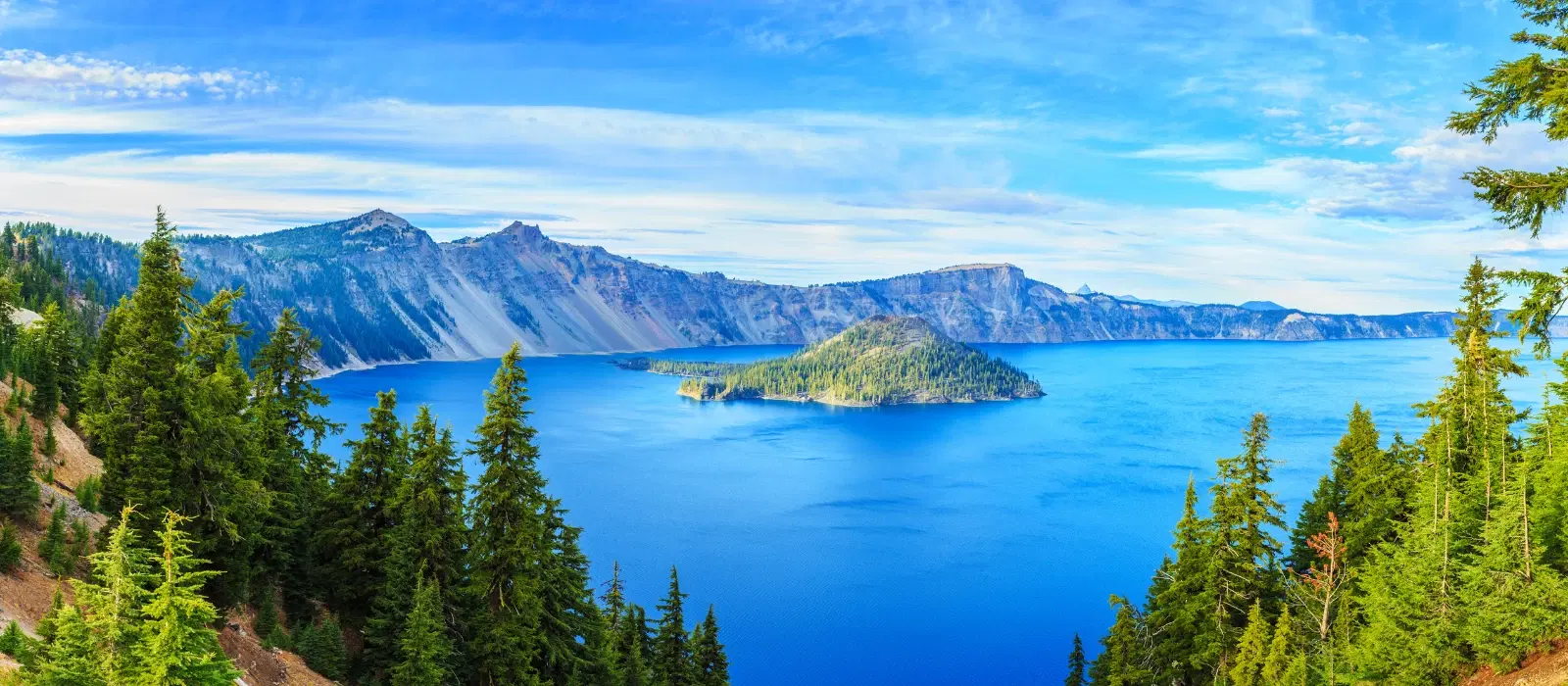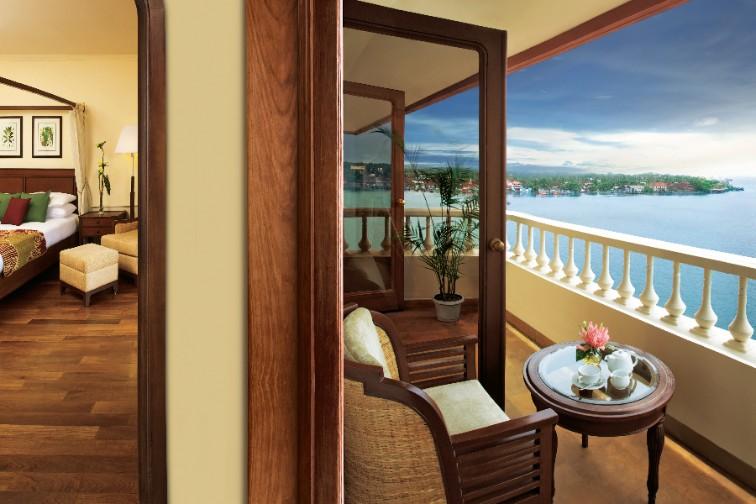
Hotels
•04 min read

Islands have always captured our imagination, from sprawling paradises to tiny land masses hidden in the vast oceans. But have you ever wondered what the smallest island in the world looks like? In this post, we dive into the intriguing world of micro islands, exploring not only the smallest island on earth but also answering commonly asked questions about these fascinating landmasses. Along the way, you'll discover insights into small island geography, comparisons with larger islands, and fun facts that will leave you yearning to explore remote tiny islands.
The term "smallest island" can be measured by several criteria such as area, population, or even a notable geographic uniqueness. For example, an island may qualify as the smallest if it only occupies a few hundred square feet yet houses a story of human adaptation and nature's creativity. In many discussions about the smallest landmass in the world, contenders like Just Room Enough Island in New York and Simping Island in Indonesia often emerge. Each stands as a unique example of how even the tiniest specks of land can capture the essence of island life.
When it comes to the world's smallest inhabited island, Just Room Enough Island takes center stage. Located within the cozy embrace of the Thousand Islands archipelago, this tiny oasis proudly displays a single house that intriguingly occupies nearly all its available space. Its modest size and singular structure make it a perfect case study in how humans adapt to the constraints of a minute geographical setting.
Small islands boast geographic features that make them particularly captivating. Often isolated from bustling mainland life, they harbor special ecosystems, diverse flora and fauna, and a tranquil ambiance that is hard to replicate elsewhere. Islands like Bishop Rock in the UK and Simping Island in Indonesia showcase rugged coastlines, dramatic cliffs, and rare habitats that have evolved independently over time. Their isolation grants these unique islands a character all their own, accentuated by the natural beauty and biodiversity that thrive in these secluded spots.
Micro islands, defined more by their diminutive size than by any population statistics, play a significant role in their oceanic ecosystems. Their limited space often results in highly concentrated pockets of biodiversity which can be science laboratories for understanding evolution and sustainability. Notable examples of micro islands contribute essential ecological insights and help us appreciate that even the smallest islands can be powerhouses of natural wonder.

Just Room Enough Island is so small that it barely fits a single house and a tree, making it a fascinating example of how humans adapt to limited space.
To put the size of the smallest island into perspective, consider the vast differences compared to giants like Greenland or even Australia. While the tiny islands are measured in mere hundreds of square feet, countries like Australia span millions of square kilometers. This stark contrast highlights unique differences in geography, ecosystems, and the lifestyles that emerge under such disparate conditions. While a large island can host diverse communities and landscapes, the appeal of a tiny island often lies in its exclusivity and the creative ways in which its inhabitants utilize limited space.
Despite their size, small islands are packed with quirky tales and unusual facts. Many of these islands have fascinating stories of formation, unique wildlife adapted to isolative conditions, and even historical significance that links them to broader cultural or migratory trends. Islands such as Monuriki Island in Fiji and Fox Island in Alaska not only offer picturesque views but also serve as living museums of nature’s resilience. These intriguing small island facts remind us that even the tiniest pieces of land can be rich in history and character.
From the sunlit shores of Isla Mujeres in Mexico to the rugged solitude of Corvo Island in Portugal, remote tiny islands draw visitors seeking adventure away from the conventional. Although many of these destinations are off the beaten path, they represent a growing interest among travelers, including those from India, in exploring less commercialized spots that promise untouched beauty and raw natural charm. Notable small islands in India, such as Minicoy Island in Lakshadweep, offer travelers a unique blend of cultural heritage and natural beauty. The lure of such islands lies not only in their scenic vistas but also in the intimate stories they harbor.
Living on a small island comes with its own set of challenges. Inhabitants often grapple with limited resources, isolation from larger markets, and vulnerability to the effects of climate change. For example, places like Palmerston Island in the Cook Islands show that while life on these islands can be enchanting, it may also be marked by scarcity and logistical challenges that require innovative solutions and robust community bonds. This resilience in the face of adversity highlights the human spirit's adaptability when confronted with nature's constraints.

Just Room Enough Island in New York is widely considered the smallest island in the world, measuring just 3,300 square feet.
No, Australia is classified as the largest island and also a continent, far exceeding the size of the world's smallest islands.
Greenland is the largest island in the world, spanning over 2.1 million square kilometers.
Just Room Enough Island is an example of a small island with only one family inhabiting it, making its population extremely limited.
Nauru is often considered the smallest island country in the world, covering just 21 square kilometers.
This exploration of what is the smallest island in the world reveals a tapestry of wonder and diversity. From Just Room Enough Island's unique claim as the world's smallest inhabited island to the captivating traits of micro islands scattered across the globe, these landmasses offer a glimpse into nature’s boundless creativity. Whether you find inspiration in their exclusivity or marvel at their ecological importance, small islands remind us that size is no measure of significance. Embrace the curiosity and planning spirit as you continue to explore the wonders of geography and the alluring stories behind these remote tiny islands. Which tiny island would you love to explore? Share your thoughts below!